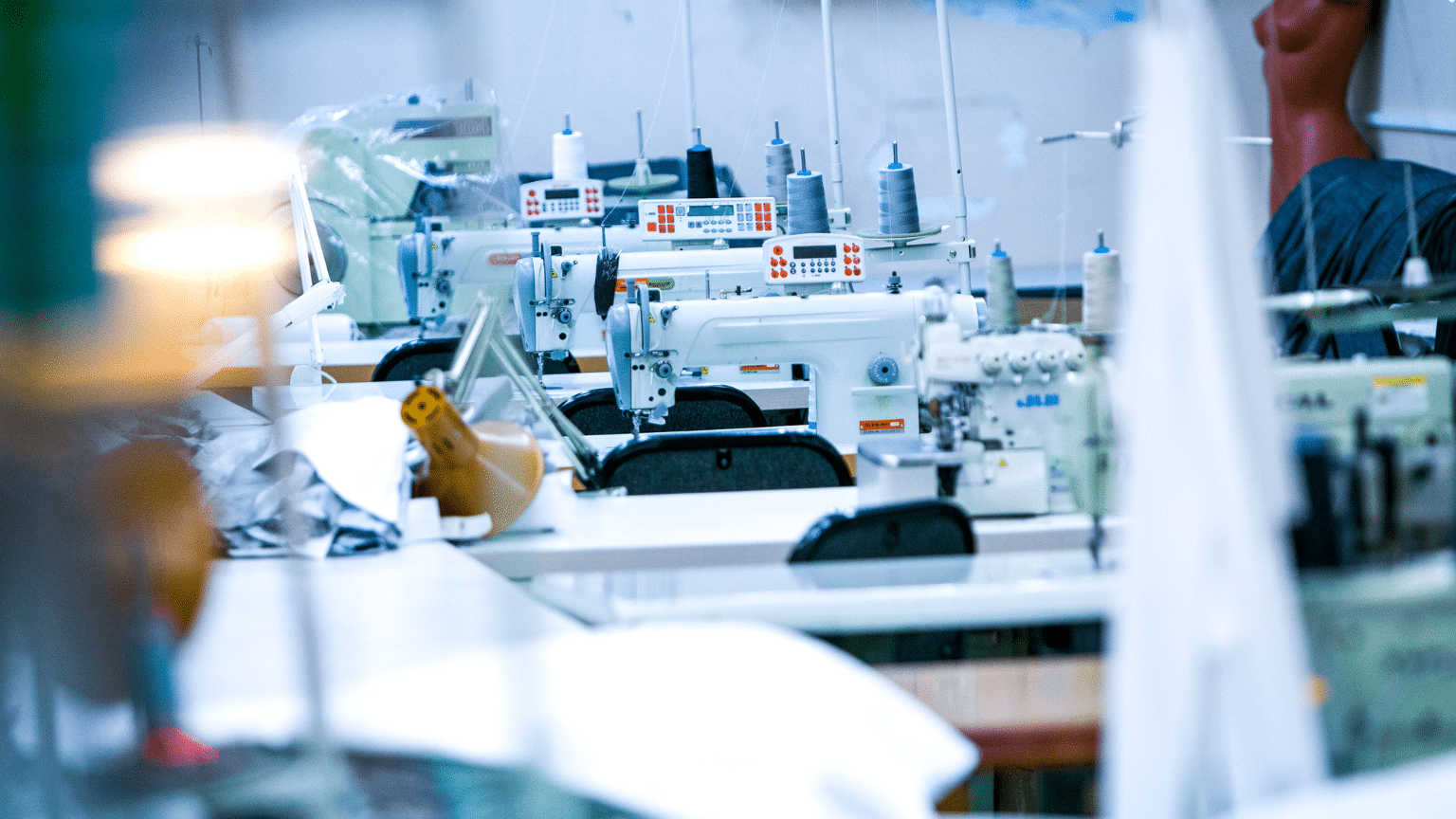This month marked the tenth anniversary of the catastrophic Rana Plaza garment factory collapse in Bangladesh, one of the worst industrial accidents on record.
On 23 April 2013, garment workers in Rana Plaza raised concerns about the structural integrity of the building, after several cracks were spotted in the walls. Workers were sent home while the cracks were inspected.
The following day, workers refused to enter the building as it was clear the damage had not been fixed. However, they were ordered to enter or receive no wages, as the factory was handling a large volume of orders and delays would be costly.
Only hours after workers were ordered back to work, the building collapsed killing 1,134 workers and injuring 2,500 others.
The horrific aftermath of the collapse was broadcast across the globe, shining a light on the garment industry and the effects low cost garments place on the workers making the product.
The retail and manufacturing industry vowed to make improvements to ensure that a tragedy like this would not occur again.
Brands, retailers, trade unions and supplier factories banded together to establish the Bangladesh Accord on Health and Safety (now known as the International Accord on Fire and Building Safety) to address building and fire safety in Bangladesh. This landmark agreement was the first of its kind globally, committing to independent inspection programs, corrective action plans, health and safety committees and worker empowerment through grievance mechanisms. Currently there are 192 brands signed up to the Accord.
Research suggests that since Rana Plaza, the fashion industry has made solid progress in both transparency and remediation programs not only in Bangladesh, but globally. In 2017, just 32% of 100 brands reviewed disclosed their first tier manufacturing lists, compared to 48% of 250 brands in 2022. Additionally, in 2017 no brands were disclosing their tier 3 supplier lists, compared with 12% of retailers in 2022.
This transparency has been advanced by the Australian Modern Slavery Act (2018) which requires companies with over $100 million in revenue to report on the risk of modern slavery or human rights abuses occurring within their supply chains, and the actions they are taking to mitigating these risks. To comply with this legislation, reporting entities are required to review the supply chains in an ongoing basis, and provide an accurate description of operations, supply chains and risks to remain accurate.
Whilst this legislation is under review and likely to undergo some changes for its next iteration, it has undoubtedly changed the business landscape in Australia and encouraged traceability throughout supply chains in order to mitigate disasters such as Rana Plaza.
Additionally, the International Accord on Fire and Building Safety has resulted in positive change in other fledgling manufacturing states, including in the establishment of the Pakistan Accord. This agreement was developed by unions after concerns were raised that in growing rapidly as a manufacturing hub, Pakistan could fall victim to a similar threat. The Pakistan Accord covers approximately 400 factories across Pakistan, and will include key features from the Bangladesh Accord to ensure legitimacy.
Whilst we can celebrate these steps in the right direction since the Rana Plaza tragedy, the reality is there is always more work to do. We encourage retailers to be open to learning more in this space, and to engage with experts to understand how can your businesses can implement processes to better understand supply chains, to ensure the welfare of all workers throughout your operations.
Learn more about what has changed since Rana Plaza from research published by the International Labour Organization.

